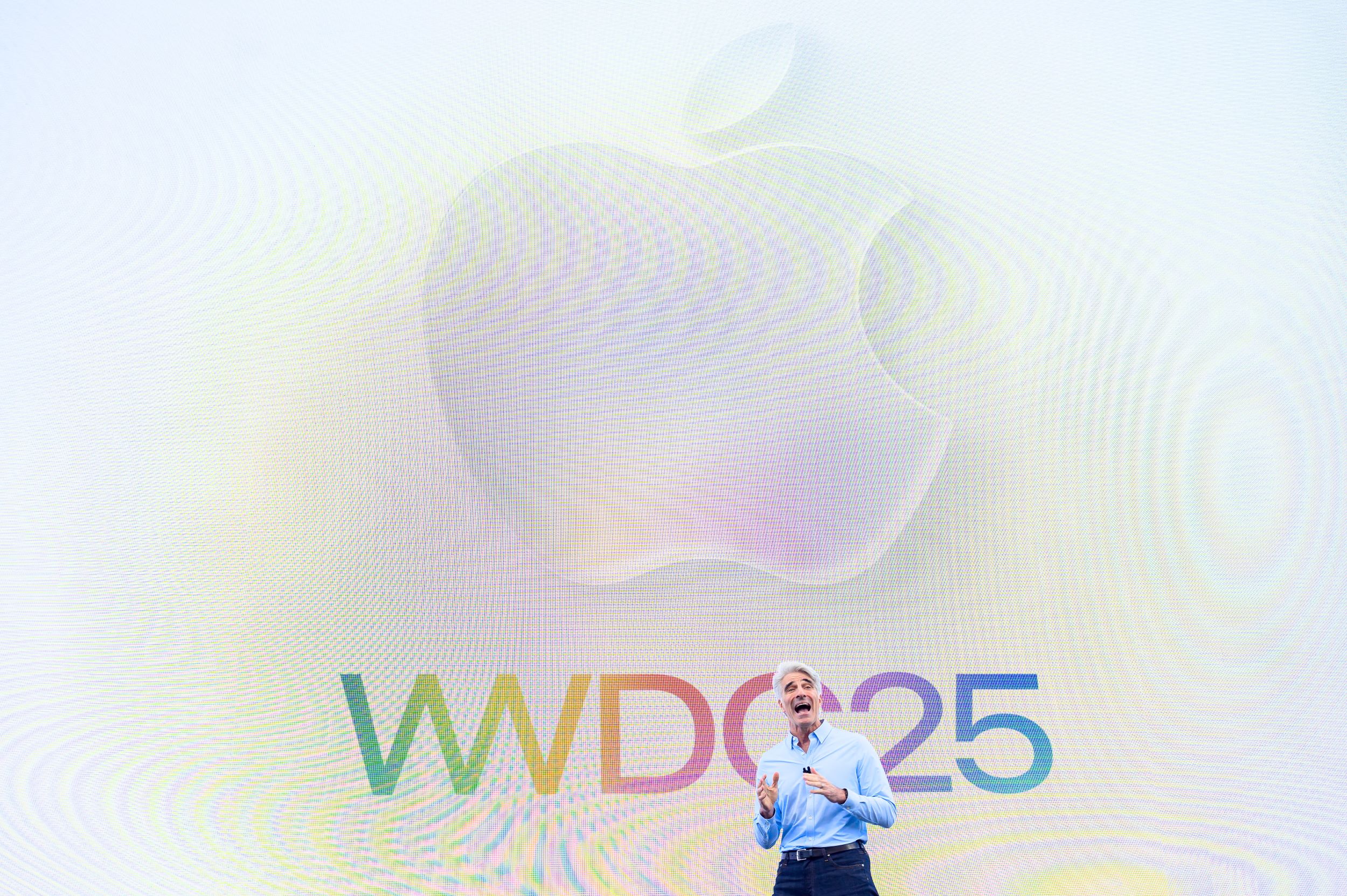
CUPERTINO, California - Apple announced on Monday a slew of artificial intelligence features including opening up Apple Intelligence's underlying technology in a modest update of its software and services as it lays the groundwork for future advances.
The presentations at its annual Worldwide Developers Conference focused more on incremental developments, including live translations for phone calls, that improve everyday life rather than the sweeping ambitions for AI that Apple's rivals are marketing.
A year after it failed to deliver promised AI-based upgrades to key products such as Siri, Apple kept its AI promises to consumers low-key, communicating that it could help with tasks like finding where to buy a jacket similar to one they have seen online.
READ MORE: Apple's plan to offer AI search options on Safari a blow to Google dominance
Behind the scenes, Apple hinted at a strategy of offering its own tools to developers alongside those from rivals, similar to a strategy by Microsoft last month. Apple software chief Craig Federighi said the company will offer both its own and OpenAI's code completion tools in its key Apple developer software and that the company is opening up the foundational AI model that it uses for some of its own features to third-party developers.
"We're opening up access for any app to tap directly into the on-device, large language model at the core of Apple," Federighi said.
In an early demonstration of this at work, the company added image generation from OpenAI's ChatGPT to its Image Playground app, saying that user data would not be shared with OpenAI without a user's permission.
"You could see Apple's priority is what they’re doing on the back-end, instead of what they’re doing at the front-end, which most people don’t really care about yet," said Ben Bajarin, chief executive of analyst firm Creative Strategies.
Apple is facing an unprecedented set of technical and regulatory challenges as it kicked off its software developer conference.
ALSO READ: WSJ: Apple to support brain-implant control of its devices
Shares of Apple, which were flat before the start of the event, closed 1.2 percent lower on Monday.
"In a moment in which the market questions Apple's ability to take any sort of lead in the AI space, the announced features felt incremental at best," Thomas Monteiro, senior analyst at Investing.com, said. Compared with what other big AI companies are introducing, he added, "It just seems that the clock is ticking faster every day for Apple."
That is a contrast to the ambitious vision laid out by Apple last year.
"They went from being visionary and talking about agents before a lot of other people did, to now realizing that, at the end of the day, what they need to do is deliver on what they presented a year ago," said Bob O'Donnell, chief analyst at Technalysis Research.
Apple executives said that developers will have access only to Apple's on-device version of Apple Intelligence, which does not tap into special data centers Apple built for its AI efforts. The on-device model is about 3 billion parameters, a measurement of the model's level of sophistication, meaning that it cannot handle the more complex tasks that cloud-based models can.
READ MORE: Huawei's own OS powers newest PCs
As Apple executives discussed new features at the event in Cupertino, California, OpenAI announced a new financial milestone on Monday, reaching $10 billion in annualized revenue run rate as of June.
OS updates
Federighi also said Apple plans a design overhaul of all of its operating systems.
Apple's redesign of its operating systems centered on a design it calls "liquid glass" where icons and menus are partially transparent, a step Apple executives said was possible because of the more powerful custom chips in Apple devices versus a decade ago.

Federighi said the new design will span operating systems for iPhones, Macs and other Apple products. He also said Apple's operating systems will be given year names instead of sequential numbers for each version. That will unify naming conventions that have become confusing because Apple's core operating systems for phones, watches and other devices kicked off at different times, resulting in a smattering of differently numbered operating systems for different products.
ALSO READ: Epic Games' Fortnite returns to Apple App Store in US after nearly 5 years
Some analysts told Reuters that Apple's decision to introduce familiar Mac capabilities, such as a multitasking interface and menu bar, to iPad could portend a shift in priorities around which devices it markets to consumers.
In other new features, Apple introduced "Call Screening" where iPhones will automatically answer calls from an unknown number and ask the caller the purpose of their call. Once the caller states their purpose, the iPhone will show a transcription of the reason for the call, and ring for the owner.
Apple also said it will add live translation to phone calls, as well as allow developers to integrate its live translation technology into their apps. Apple said the caller on the other end of the phone call will not need to have an iPhone for the live translation feature to work.
ALSO READ: Xiaomi to unveil 3nm chip for smartphones
Apple's Visual Intelligence app – which can help users find a pair of shoes similar to ones at which they have pointed an iPhone camera – will be extended to analyzing items on the iPhone's screen and linked together with apps. Apple gave an example of seeing a jacket online and using the feature to find a similar one for sale on an app already installed in the user's iPhone.


